
At our recent CyberFrat Gold Meetup in Mumbai, we engaged in a dynamic discussion on the future of cybersecurity. Our Gold members from diverse backgrounds shared their thoughts, highlighting emerging trends, potential threats, and necessary evolutions in our approach to digital security. Here’s a recap of the key points discussed, along with some fascinating insights that emerged during our conversation.
One of the most intriguing topics was the intersection of robotics and cybercrime. As robotics technology advances, so do the potential threats. An interesting example of humanoid robots, like those seen in the movie “Teri Baaton Mein Aisa Uljha Jiya.” These robots could soon become part of our everyday lives, but they also present new avenues for cybercrime. Imagine a scenario where ransomware targets a robot, causing it to malfunction or hold critical operations hostage. In South Korea, there was even a case where a robot committed “suicide,” underscoring the unpredictable nature of advanced robotics and the security challenges they pose.
Contributors: Ritesh Bhatia, Praveen Singh, Pankaj Mittal
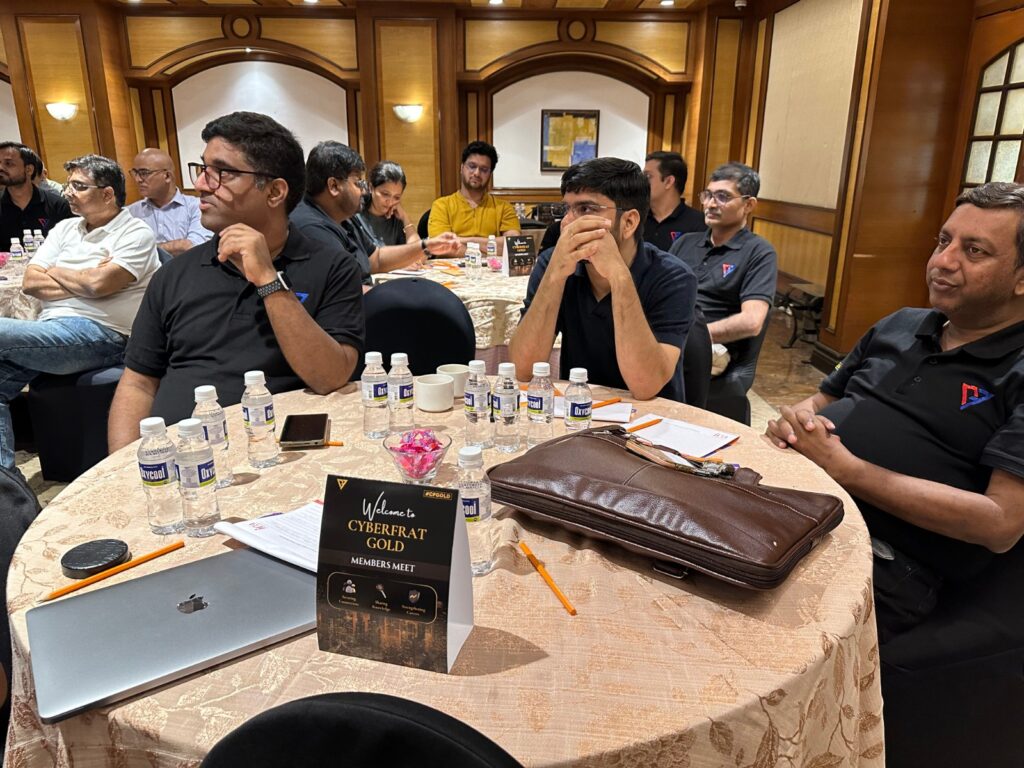
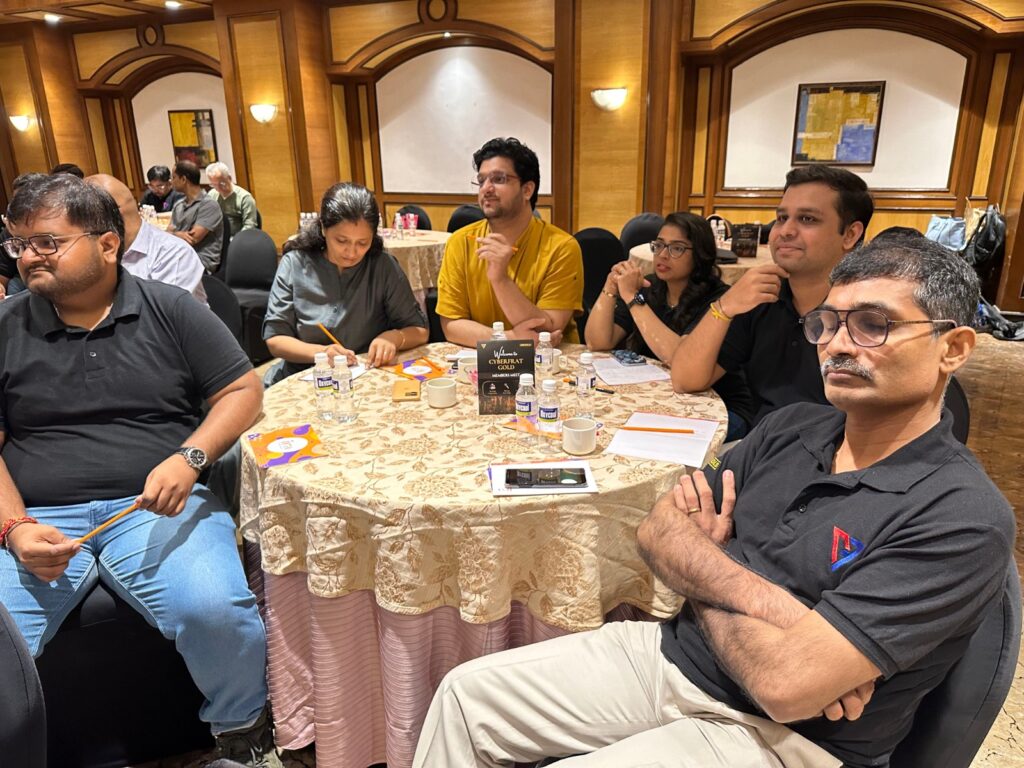
With the rise of AI-powered digital payments, concerns about security and authenticity are growing. The discussion emphasized the need for robust KYC protocols to ensure the legitimacy of transactions. As technology evolves, so do the tactics of cybercriminals. Participants highlighted the importance of enhancing infrastructure within financial institutions to stay ahead of potential threats, which directly impacts everyday users by safeguarding their financial transactions.
Contributors: Gauri Pardeshi, Rajat Maurya, Meghavi Shah, Subhendu Pandey, Parag Sanghvi, Benoy George
Regulatory compliance was another hot topic. Industries, especially financial sectors, are under increasing pressure to adhere to regulations like GDPR, HIPAA, and PCI DSS. The future of cybersecurity will require organizations to go beyond mere checklist compliance and embrace a culture of transparency and adherence to standards. Ignoring these guidelines can result in significant penalties and loss of trust. The discussion also touched on the need for global regulations that can address cyber threats across borders, ensuring a more unified approach to cybersecurity.
Contributors: Sandeep Gorivale, Sushilkant Singh, Khalid Ansari, Manish Sheth, Vipul Mehta
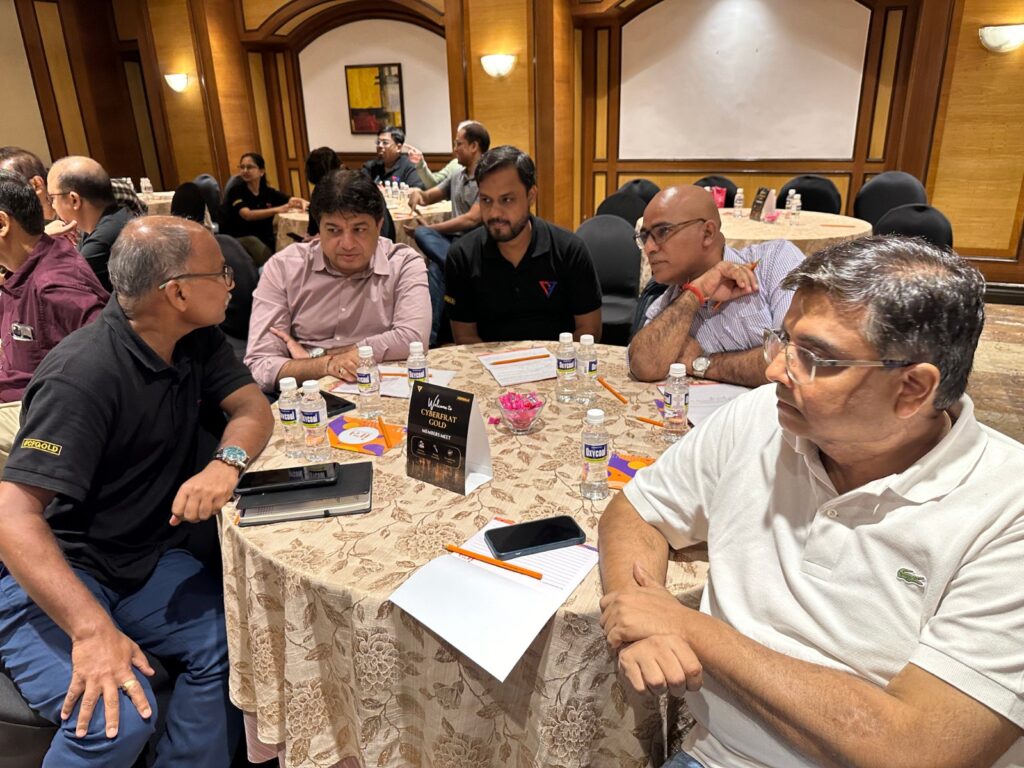
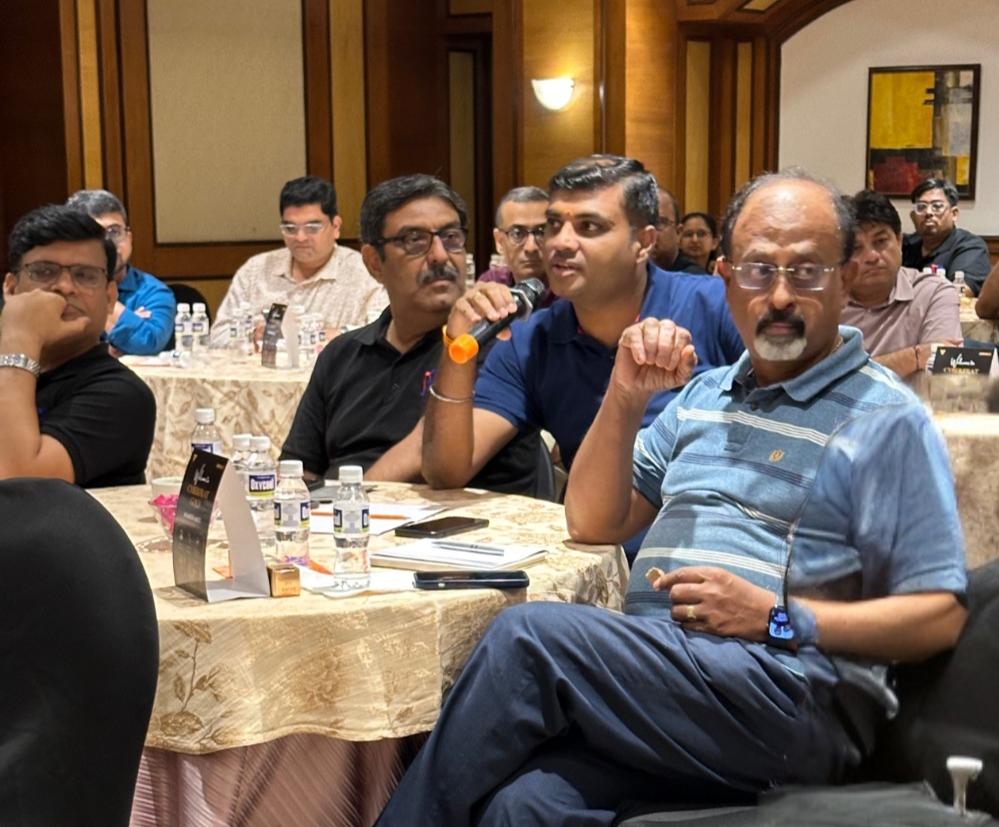
The shift to cloud computing is undeniable, with more companies adopting these services. However, this transition brings new cybersecurity challenges. Many organizations still rely on traditional on-premises solutions, but securing cloud environments requires a different set of skills and knowledge. Cybersecurity professionals must continuously improve their understanding of cloud-specific security measures to protect data effectively. The future demands not only compliance but also proactive measures to secure cloud-based infrastructures against evolving threats.
Contributors: Manoj Lala, Shreerajavel Rengaraj, Gunjesh Rai, Piraviperumal Murugan
The future of cybersecurity will likely see the emergence of new roles driven by AI and machine learning. As applications become more interconnected, the ability to integrate security protocols across diverse platforms will be crucial. However, the challenge lies in balancing simplicity with robustness, ensuring that cybersecurity measures are both effective and accessible to all users. This evolution will require new skills and a deep understanding of AI’s role in security.
Contributors: Bharati Mahamuni, Chetan Jain, Himanshu Maru
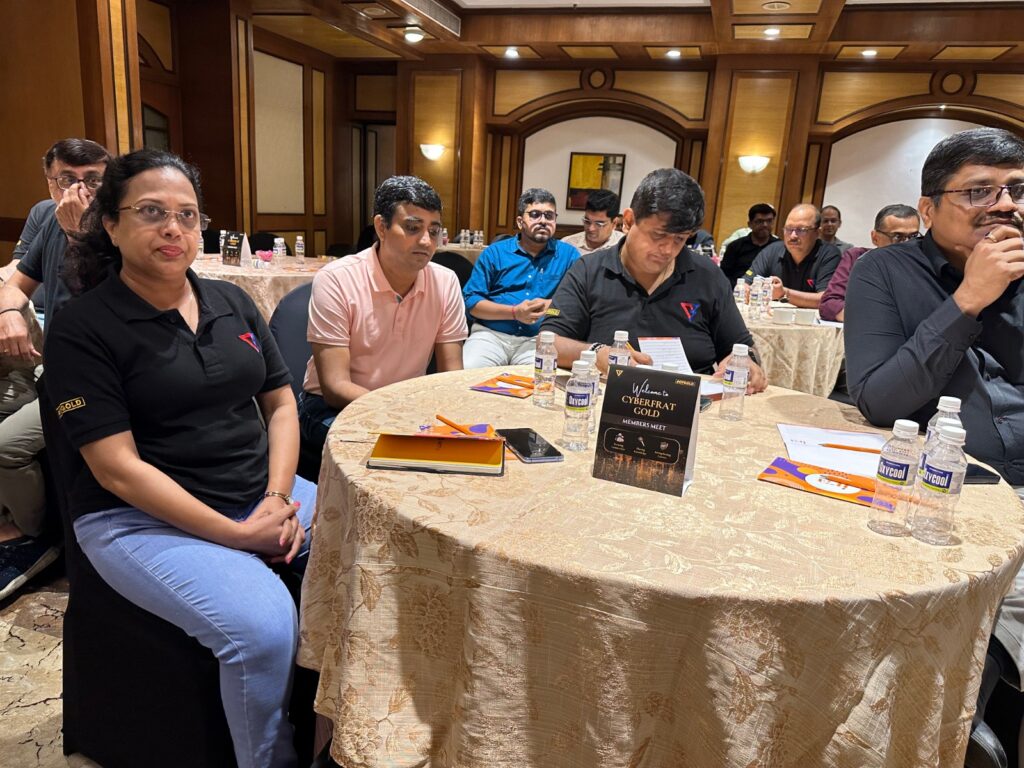

Looking ahead, cybersecurity will become more integrated and user-centric. New roles will emerge, leveraging AI for more effective threat detection and response. However, addressing the human factor remains critical—educating users on cybersecurity best practices and bridging skill gaps through comprehensive training programs will be pivotal in mitigating risks. As cyber threats become more sophisticated, cybersecurity professionals must stay ahead by continuously upgrading their skills and knowledge.
Contributors: Ninad Chavan, Mahesh Khishti, Ananteshwar Mehta, Nagesh Nayak, Kishore Deshpande
Global cooperation in cybersecurity regulation is becoming increasingly necessary. While initiatives like FACTIF aim to regulate cryptocurrencies, non-organized cyber crimes remain a challenge. Harmonizing global regulations can significantly curb financially motivated cybercrimes, ensuring a safer digital environment for all. The establishment of frameworks that promote information sharing and collaborative defense strategies will be crucial in tackling cyber threats that transcend national boundaries.
Contributors: Yogesh Dandekar, Namrata Sonsale, Kashif Raza Sundrani, Sandiip Kothari, Abhinav Kumar
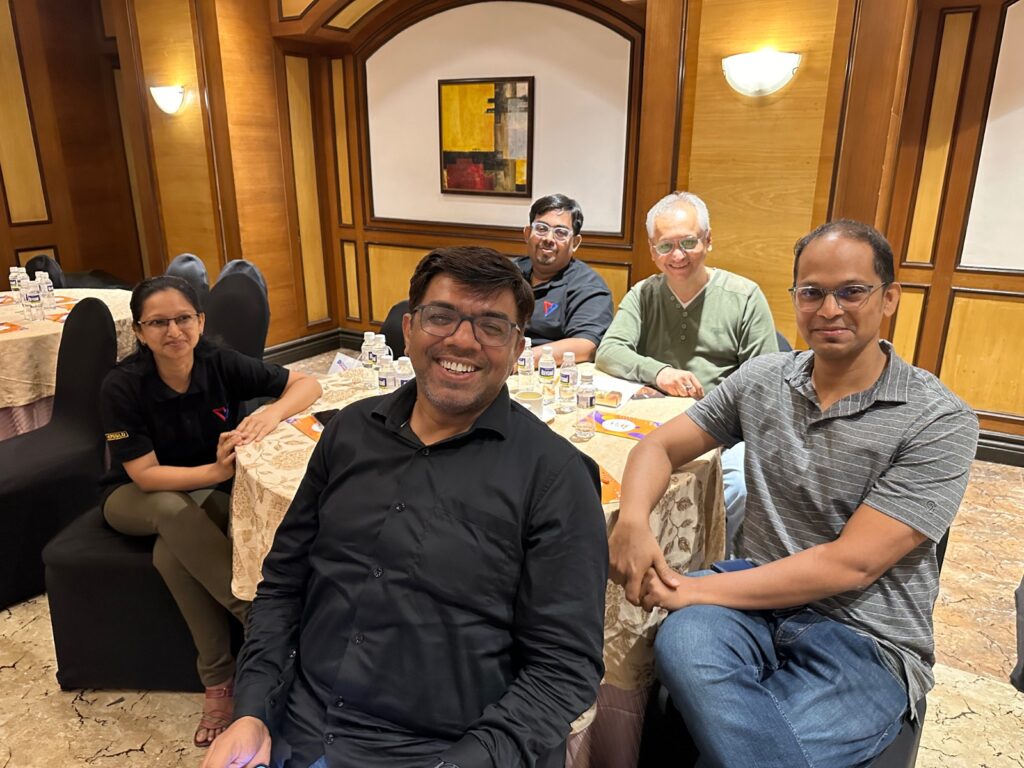
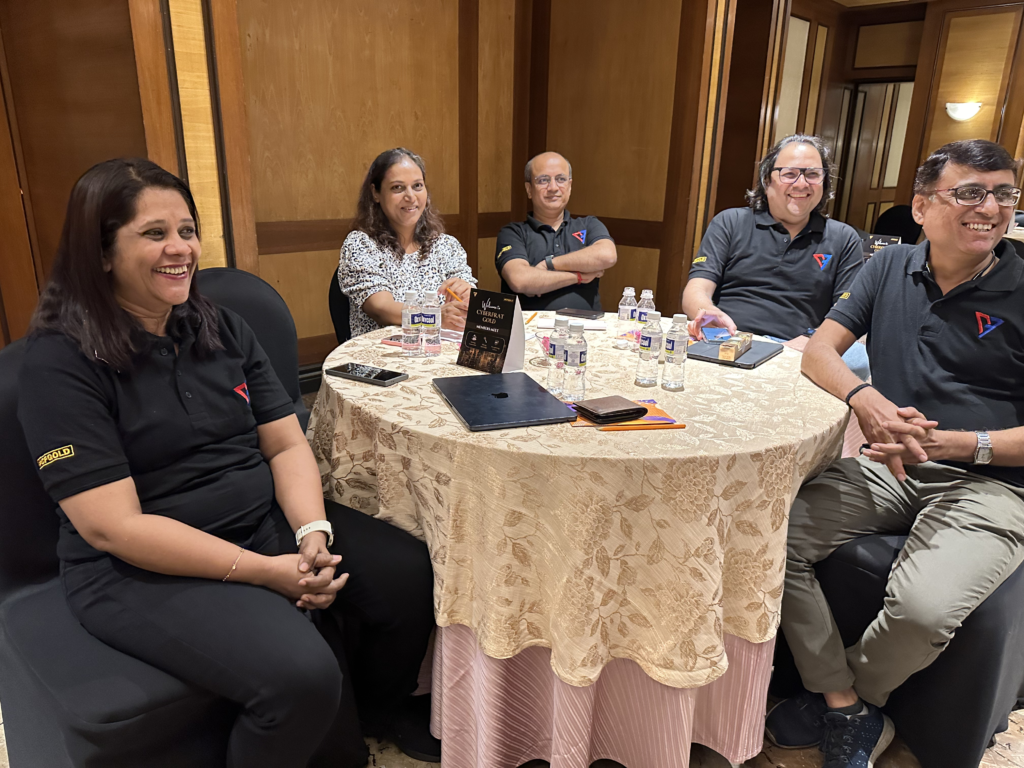
The integration of augmented reality (AR) and wearables presents exciting opportunities but also significant privacy risks. Movies like “Kalki” and older classics like “Die Hard 4” illustrate potential cybersecurity scenarios where personal data and user privacy are compromised. As augmented reality (AR) gains traction, so do concerns over privacy and security. Incorporating wearables into daily life brings convenience but also raises questions about data protection and user rights. Cybersecurity efforts must expand to encompass these emerging technologies, ensuring that innovation does not compromise individual privacy or security.
Contributors: Shweta Tripathi, Pawan Chawla, Abhishek Mathur, Rachana Pethkar, Hitesh Gadhia
The future of cybersecurity is not just about defending against known threats but also about preparing for the unknown. As cybersecurity professionals, it’s our responsibility to stay informed, adapt to new challenges, and ensure that technology serves humanity responsibly.
In conclusion, while the future of cybersecurity is promising, it is also fraught with challenges. By staying informed and proactive, we can turn these challenges into opportunities for innovation and create a safer digital world.
Remember, the future of cybersecurity isn’t just a topic for discussion—it’s a call to action for everyone invested in a safer digital environment.
Notifications